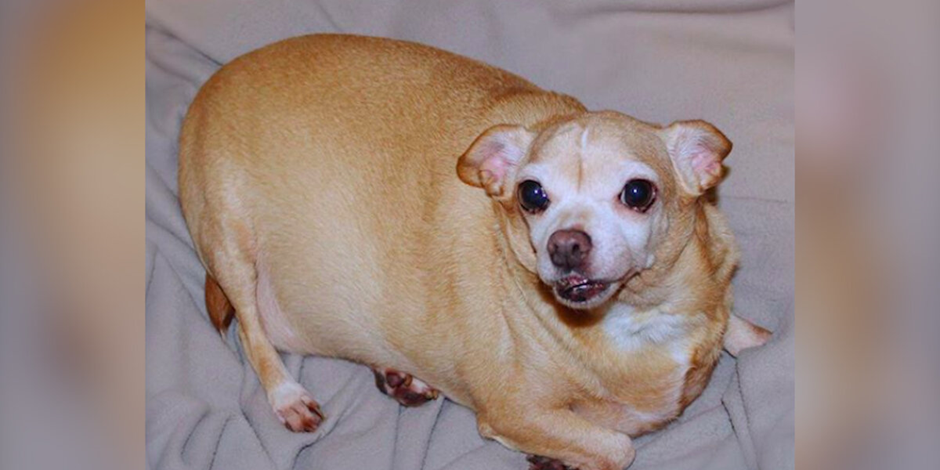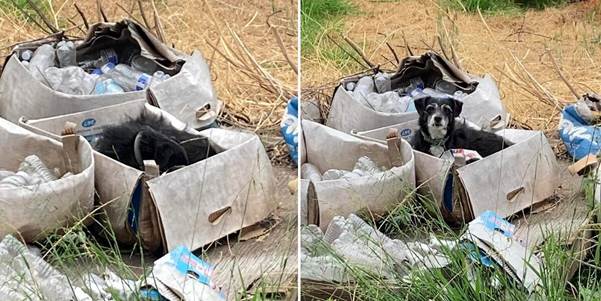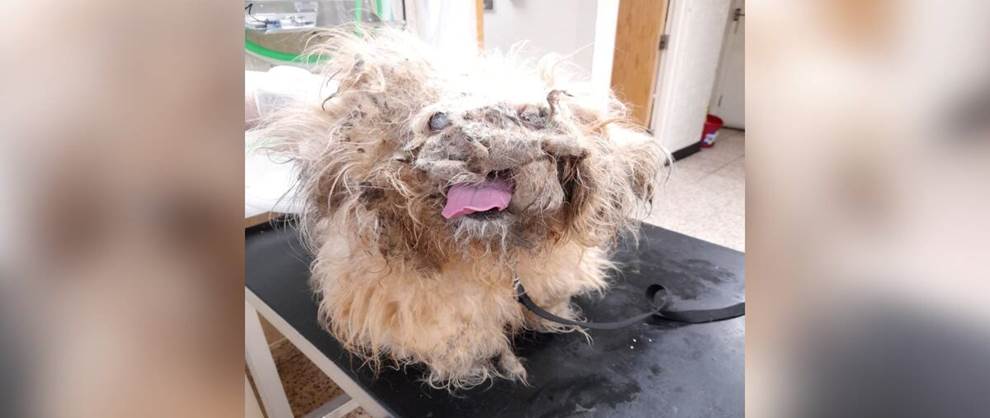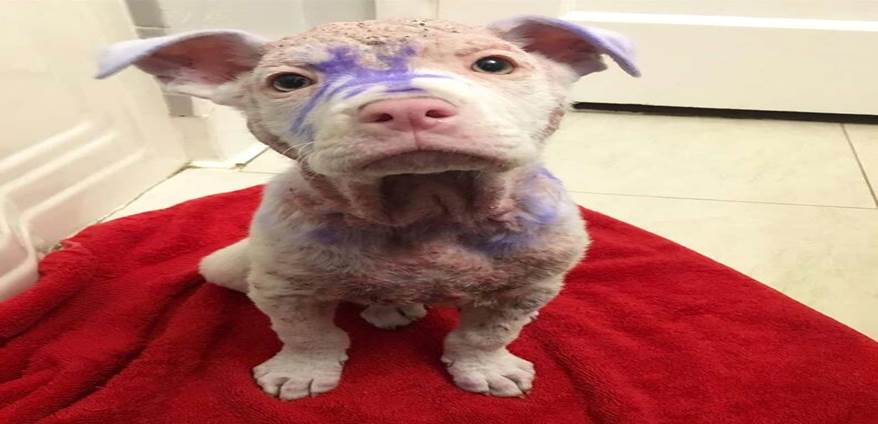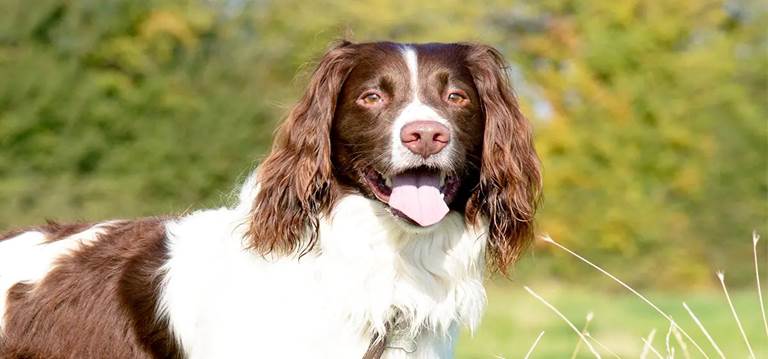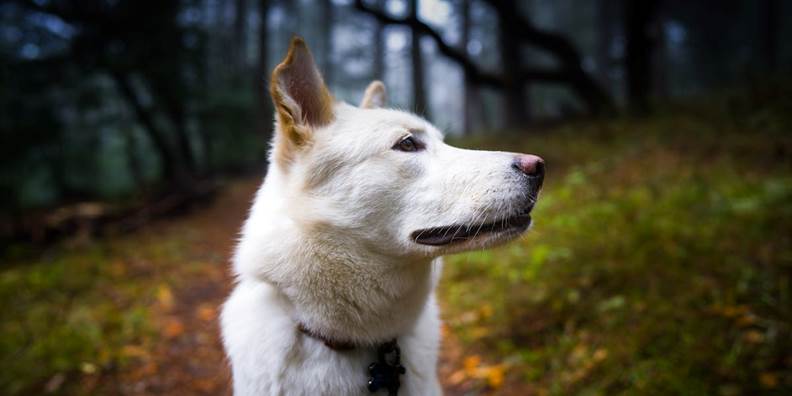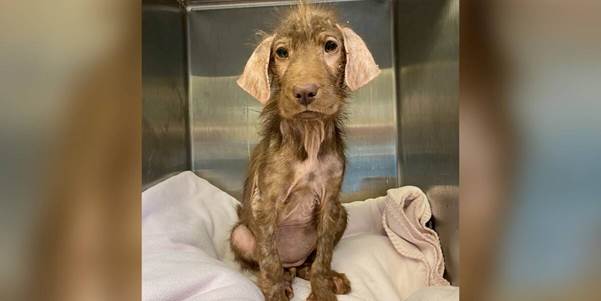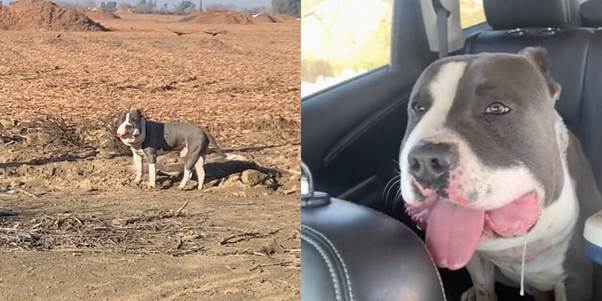The Veterinarian’s Vow: The Puppy They Gave Up
Dr. Ethan Bell had worked for twelve years in veterinary medicine, and in that time, he’d seen every kind of owner: the overly cautious, the dedicated, the neglectful, and the heartbroken. But nothing had quite prepared him for the cold, transactional nature of the request he received that Tuesday afternoon. The patient was a small, three-month-old terrier mix with oversized paws and a coat of patchy white fur. His name, according to the intake sheet, was Leo. He was undeniably adorable, but when Ethan gently lifted him onto the examination table, the puppy didn’t wiggle or lick. He lay still, his breath shallow, his body radiating a fever. The diagnosis was clear and severe: Parvovirus. Parvo is a brutal, relentless disease, especially in young, unvaccinated puppies. It requires aggressive, round-the-clock supportive care—IV fluids, anti-nausea medication, and massive dedication—to beat. It is expensive, messy, and stressful. When Leo’s owners came into the exam room, Ethan outlined the necessary treatment plan. He explained the risks, the cost, and the estimated two-week timeline for recovery. He spoke with the measured, empathetic tone he always used, offering hope but grounding it in reality. The owners exchanged a quick, silent glance. “Doctor,” the woman said, her tone flat, “that’s too much. We only got him last week. We just… we can’t afford that kind of commitment.” Ethan waited, giving them space for the conversation to pivot toward surrender or a payment plan. Instead, the man cleared his throat. “We were hoping you could just… put him down now,” he stated, his voice devoid of emotion. “It’s kinder than letting him suffer, and it solves the problem.” The words hit Ethan like a physical blow. He looked down at Leo, who weakly lifted his head, his dark, soulful eyes meeting the doctor’s. The puppy wasn’t just sick; he was terrified. To them, Leo was a disposable complication. To Ethan, he was a soul fighting for its life. “I won’t do that,” Ethan said, the words coming out firmer than he intended. “He is suffering, yes, but he is treatable. If you cannot care for him, I cannot, in good conscience, end a life that has a very strong chance of recovery.” The exchange that followed was short and tense. The owners insisted. Ethan stood firm. Finally, the couple signed a release form, abandoning ownership of Leo, and walked out of the clinic without a single glance back at the shaking puppy. Ethan was now Leo’s only chance. He immediately moved the small, sickly dog into the isolation ward. This wasn’t just a professional case anymore; it was personal. Leo had been condemned, and Ethan was commuting the sentence. The first few days were a desperate marathon. Ethan’s wife, Sarah, a veterinary technician, joined him, sleeping on a cot near the isolation cage. They ran Leo’s IV drip, monitored his vomiting and diarrhea, and gently administered antibiotics and pain relief. Leo was weak, barely able to lift his head, but every time Ethan knelt by the cage, the tiny tail would manage the faintest, heroic wag. The worst moment came on the third night. Leo crashed. His temperature plummeted, and he became unresponsive. Ethan worked for an hour, administering emergency fluids and dextrose, fighting the virus that was systematically shutting the puppy’s body down. When dawn broke, Leo was stable, though exhausted. Ethan sat on the floor, watching the small, fragile chest rise and fall. He reached a finger through the wire, and Leo, somehow, weakly licked the tip of it. That small, damp touch was all the payment and affirmation Ethan needed. This puppy was a fighter. The shift, when it came, was sudden and glorious. On day five, Leo kept his food down. On day six, he wagged his whole body when Sarah entered the room. By day ten, he was a completely different animal. The lethargy was gone, replaced by the chaotic, boundless energy of a normal puppy. Leo was officially out of the woods. He was released from isolation, and the clinic staff, who had followed his story with rapt attention, celebrated with tiny pieces of boiled chicken. But now, they faced a new question: What next? Leo couldn’t go to a shelter immediately, as his immune system was still recovering. He needed a quiet, loving, single- The answer, of course, was already clear. Ethan and Sarah couldn’t imagine their house without the sound of that joyful, insistent bark. He had fought so hard to live, and they had fought so hard to save him. He was theirs. The day Ethan brought Leo home was quiet magic. He bounded into the house with the confidence of a king returning to his throne. He met the family cat with a clumsy, friendly sniff and immediately claimed a fuzzy blanket in the living room. Leo’s recovery wasn’t just physical; it was spiritual. He had been abandoned at his lowest, and now he was surrounded by unwavering affection. The fear that once shadowed his eyes disappeared entirely, replaced by a radiant, almost cartoonish joy. Ethan captured the transformation in a photograph weeks later. He was sitting on the floor, wearing a white scrub top, and Leo was perched on his lap, leaning against his chest. The puppy’s ears were up, his eyes were bright and fully trusting, and his mouth was curved into the biggest, happiest, slightly goofy puppy smile. He was no longer the sick, silent creature brought in for euthanasia; he was a monument to second chances, a little white dog who had chosen life. Leo thrived, growing into a magnificent, robust dog. He became the unofficial clinic mascot, greeting patients with a cheerful bark and a happy tail-thump that served as a daily reminder to Ethan and Sarah: sometimes, the hardest decisions are the ones that save the most lives. They had rescued a puppy, but in return, they had gained a family member, a vibrant, happy soul who taught them that even the darkest circumstances can lead to the brightest beginnings.
The Veterinarian’s Vow: The Puppy They Gave Up Read More »
